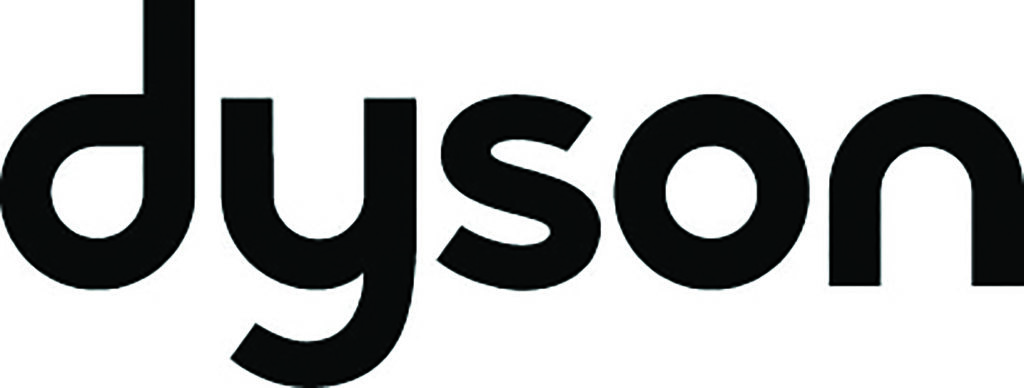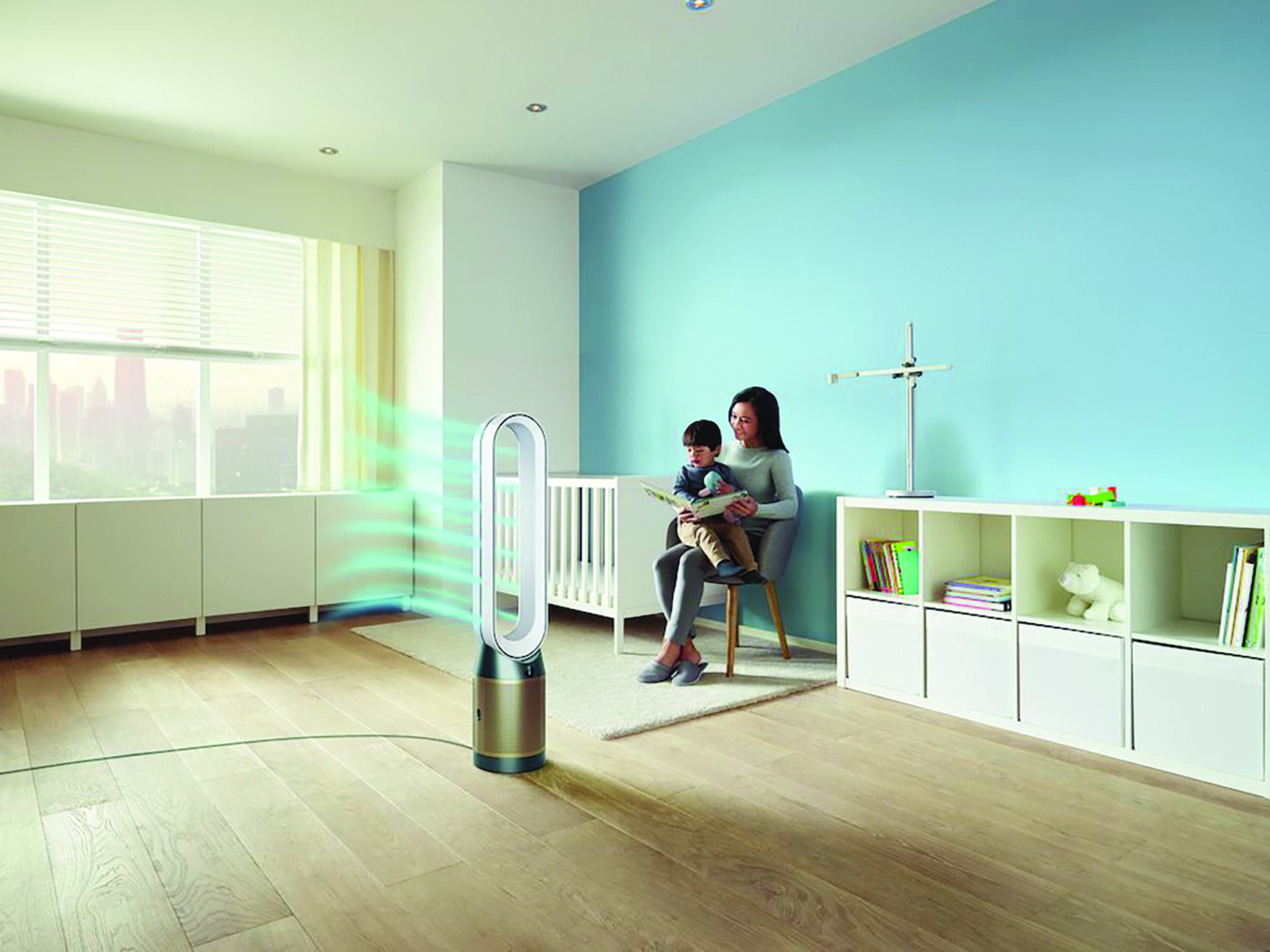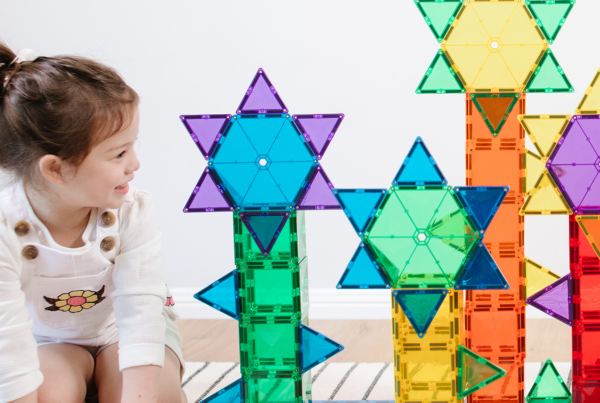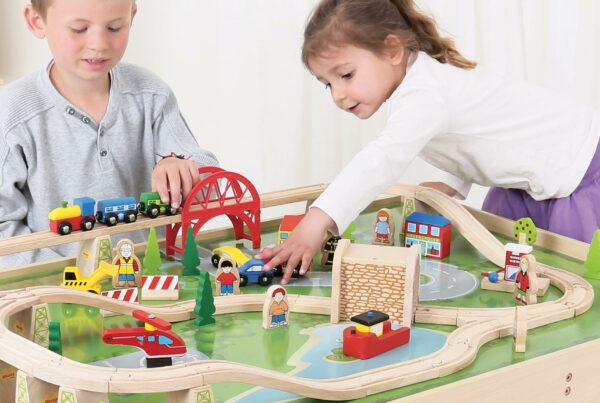Over the last two years, Australia has experienced some extreme conditions, from devastating bushfires to lockdowns due to the COVID-19 pandemic. In a time when people have become increasingly conscious of hygiene and wellbeing, understanding the impact of poor air quality and how we can improve the air we breathe is key, especially for children who are more vulnerable to air pollution.
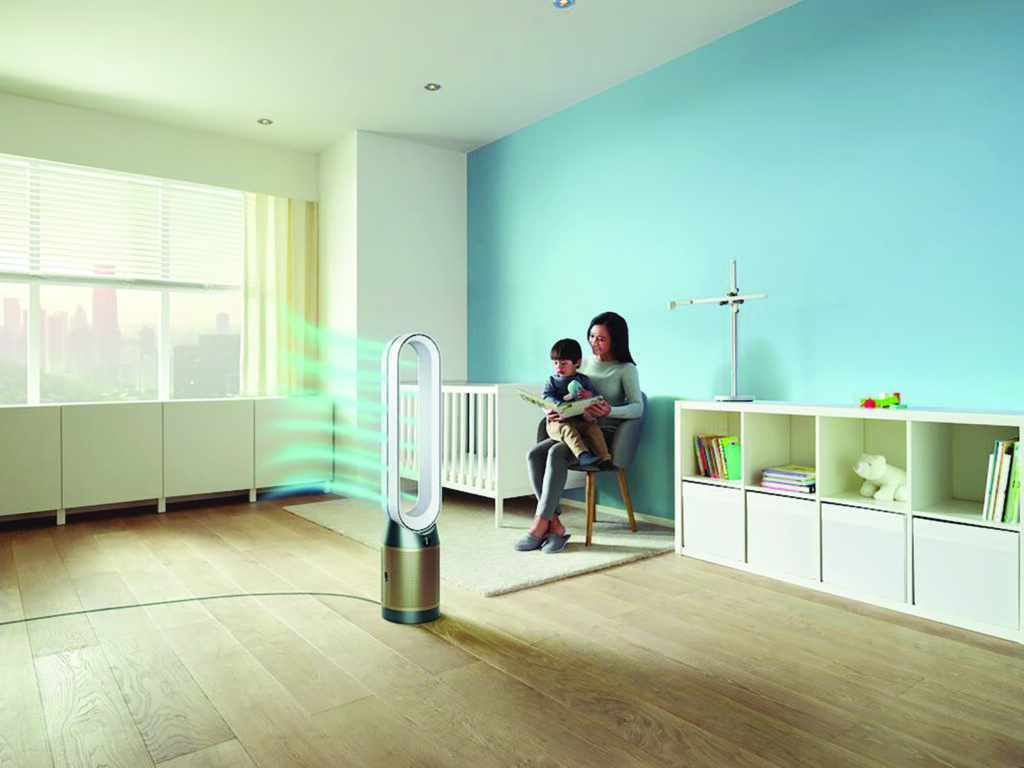
Cleanliness in childcare and shared spaces has never been so high on the agenda and we all want reassurance that these spaces are hygienic. Dyson has engineered a machine to respond directly to these concerns – promising cleaner, more purified air.
Why is indoor air quality important?
Every day we breathe in up to 9,000 litres of air. To put this into perspective, we consume more air every day than any other substance, yet we often don’t think about what is in the air we breathe – in fact indoor air can be up to five times more polluted than the air outside. Despite this, and people spending up to 90 per cent of their time indoors, there is still a lack of understanding that air pollution can be produced from everyday indoor activities. Many centres can have microscopic particulates and gases, including formaldehyde from items such as desks and flooring. Additionally, the presence of germs, viruses and bacteria that can spread quickly amongst children.
Increasing ventilation by opening windows can cause poor quality air to come inside, bringing in pollen and allergens, as well as airborne dust particles and smoke.
Professor of Global Environmental Health, Sotiris Vardoulakis, at the Australian National University (ANU) Research School of Population Health, is a leading expert on air quality and indoor pollution. Professor Vardoulakis says: “We’re often exposed to many different types of both indoor and outdoor air pollution and the health effects of different pollutants can depend on the individual. Certain groups may be particularly sensitive to the effects of air pollutants, including young children and one in nine Australians who suffer from respiratory health conditions such as asthma, hay-fever or bronchitis.”
Conventional ventilation, air circulation and air conditioning systems in childcare may not have adequate HEPA filtration. They usually contain a filter element that tends to focus on capturing larger particles like dust or airborne debris with the ultimate goal of protecting the airflow systems within, rather than providing efficient particle removal. Whereas some conventional purifiers can release pollutants back into the room.
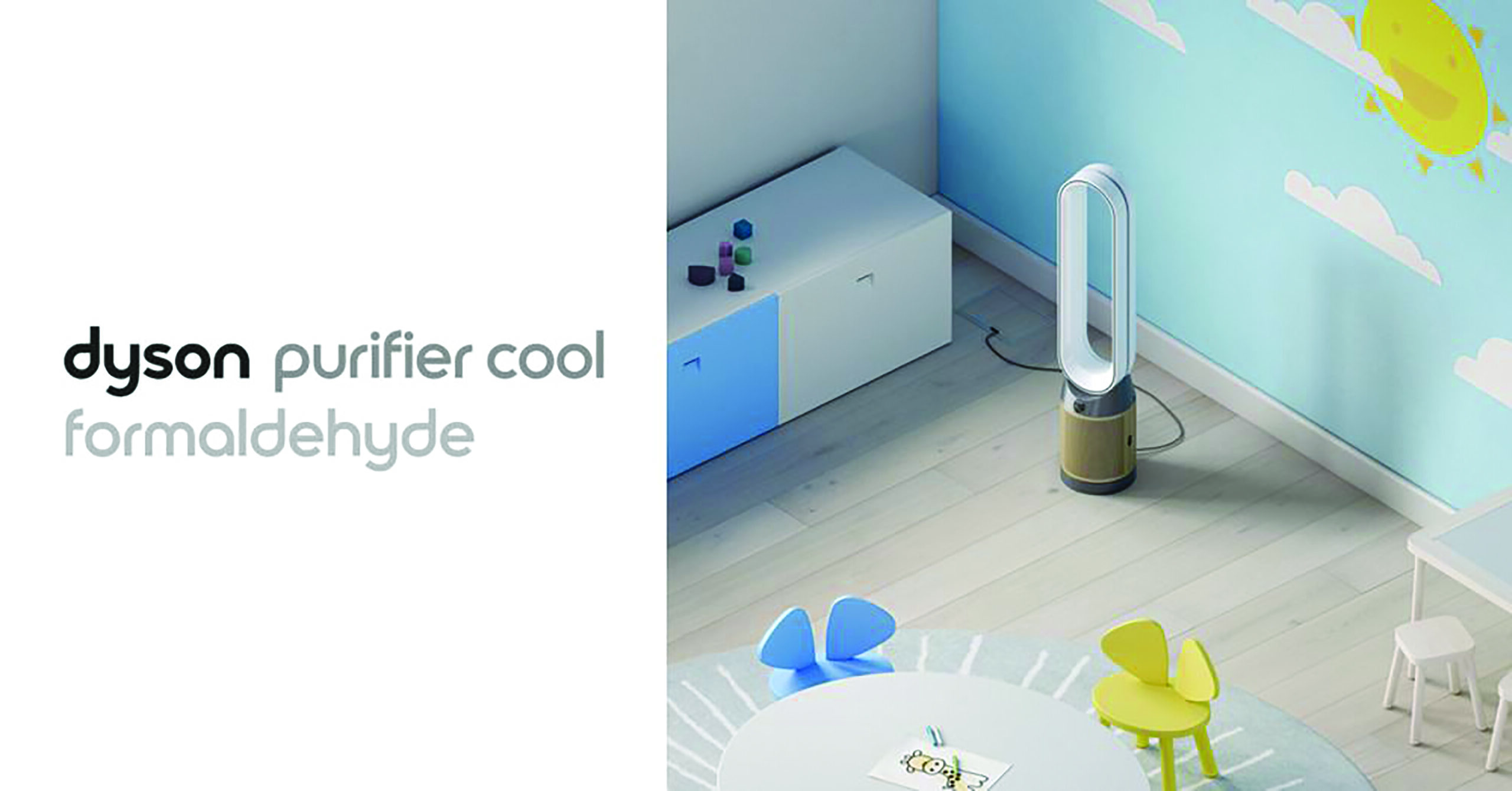
How to provide clean air in childcare centres?
Dyson has engineered its new purifier with real-life spaces in mind. The new Dyson HEPA Cool Formaldehyde has a sealed filtration system. The HEPA-13 certified filter, and active carbon filter work together to capture not only the larger particles but those as small as 0.1 microns, including gases, allergens, bacteria and some viruses to ensure indoor air is safe to breathe. While the catalytic filter continuously destroys formaldehyde, a potentially harmful volatile gas. With its unique Air Multiplier™ technology, the machine can purify an 81m³ room, providing cleaner, purified air through the whole classroom.
Engineered to purify intelligently, it will automatically react to air pollution in automode, detecting pollutant particles and removing them from the air.
Is Dyson purifier safe for children?
Dyson HEPA Cool Formaldehyde is a purifier which has been engineered without fast spinning external blades or awkward grilles making it safe and easy to clean. Dyson purifiers have a unique air projection loop that multiplies airflow. It generates the circulation power to draw even distant pollutants back into the machine, before projecting purified airflow throughout the room. The machine is also equipped with an automatic standby function so if it’s tilted over, it will automatically stop.
Is it high maintenance?
Many air purifiers can be complicated to dismantle, keep clean and require regular replacement of the filters. This isn’t the case with the Dyson HEPA Cool Formaldehyde. The filter is quick and easy to replace, and you’ll know exactly when, via the LCD screen. While the HEPA and Carbon filters are recommended to be replaced only once a year based on 12 hours usage a day every day, the formaldehyde-destroying catalytic filter never has to be replaced.
